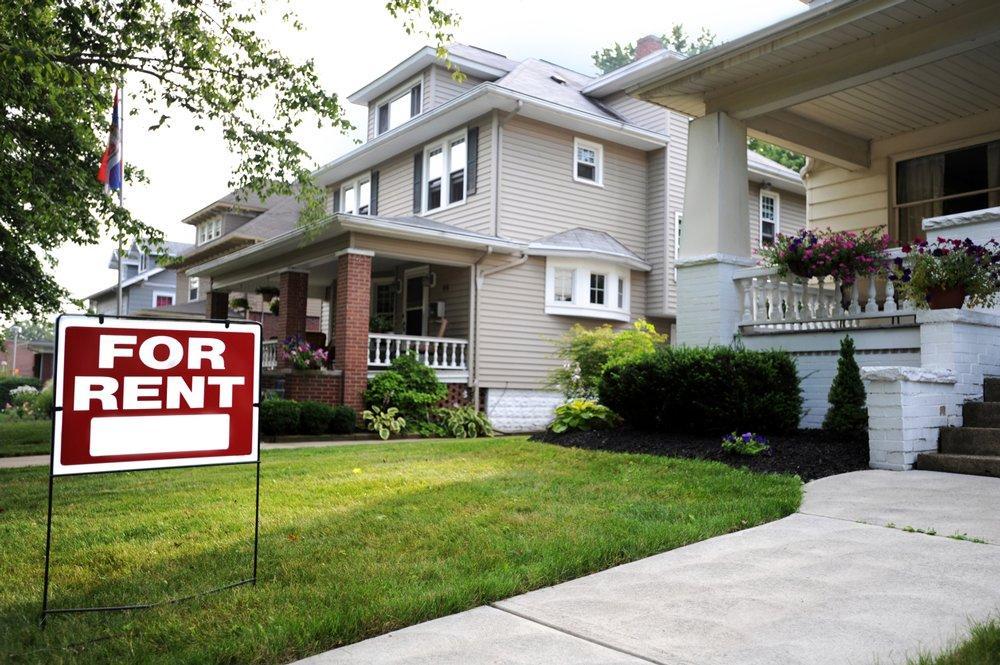According to the United States Center for Disease Control, every year nearly 500 people are killed by carbon monoxide (CO), an odorless, colorless gas. The American Medical Association cites CO as the number one cause of poisoning deaths in the United States. Without carbon monoxide detectors, this deadly gas can kill you before you even know it’s in your home.
Many homes already have carbon monoxide detectors installed, and there’s an easy way to discover if they’re part of your smoke detectors. To find out, pull any detectors in your home off the walls and ceiling. Read on the detectors to see what functions they perform. They can either be smoke detectors, CO detectors, or a dual function detector. If you still can’t find out which type they are, it is time to install new ones in your home to make sure you will be warned if smoke of CO is present in your home. Even if you have CO detectors, without the proper placement and maintenance, they may not be ready to help save your life.
Carbon monoxide detector placement is one of the most important factors in keeping your home safe. Many people don’t know where to install these detectors so they often end up in places where they don’t offer a high level of protection. Here are some tips to make sure your detectors are placed for maximum safety.
Keep Detectors Away From Appliances
Many gas-burning appliances give off small amounts of carbon monoxide when they are started. If you have a gas powered oven or cook-top, make sure your detectors are at least 15 feet away. This will help prevent false alarms.
Read Manufacturer’s Recommendations
Detectors are designed to be placed on either walls or ceilings. Because CO usually rises to the ceiling that means that each detector has a different level of sensitivity and needs to be placed in a specific location. The manufacturer will have included instructions on whether detectors should be placed on the walls or the ceiling.
Keep Detectors Near Sleeping Areas
Because it is odorless and colorless, CO is even more likely to kill you while you are sleeping. The National Fire Protection Association specifies that detectors should be placed outside of each sleeping area in the immediate vicinity of the bedroom.
Install Multiple Detectors
At minimum, your home should have one detector per floor and additional detectors 15 feet away from any gas burning appliances like water heaters, furnaces, or ovens. Installing more detectors will allow faster detection of dangerous levels of CO.
Once you have all of your detectors properly placed, there are a few more steps you can take to maximize your safety.
Change Batteries Frequently
Most detectors run on batteries, so make sure to replace them on a regular basis. You should check the batteries twice a year, whenever you set your clocks back or forward for daylight savings. Once you’ve changed the batteries, press the test button to be sure the alarm sounds properly. This test can be done at any time throughout the year to ensure they are working properly.
Replace Detectors Occasionally
CO detectors have a recommended lifespan, and they need to be replaced once that time is reached. Each detector will have its own recommendations, but most new detectors last five to six years.
Consider a Monitored Detector
Many companies that provide security system monitoring also provide monitoring services for CO detectors. These alarms will simultaneously sound an alert to residents and alert a central monitoring service that there are dangerous levels of CO in the home. If the residents are unable to call the proper authorities, the monitoring service can do so for them.
In case your alarm does go off, the first step is to get everyone out of the home and into fresh air. Always perform a headcount to make sure no one else is inside. Call the fire department immediately; do not go back into the building until it has been properly aired out and the source of CO has been removed.
Do you have any tips for carbon monoxide safety?
Sources:



